
OR
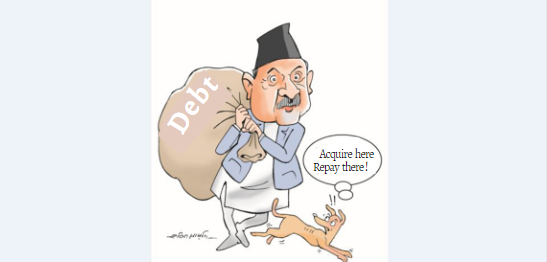
KATHMANDU, July 11: When a country's revenue collection falls short, the government is compelled to resort to borrowing in order to meet its loan obligations, including payment of both principal and interest. In the ongoing fiscal year, due to insufficient revenue collection to cover the current expenses, the government had to acquire loans specifically to fulfill its obligations towards domestic and foreign debt.
The government has acquired loans of Rs 306 billion as of mid-June this year. A significant portion of this loan, amounting to Rs 205.17 billion, has already been utilized to settle the principal and interest of both internal and external debts. This particular utilization of borrowed funds, as cautioned by experts, is a cause for concern as it deviates from the ideal purpose of investing in the productive sectors of the economy. They warned that utilizing loans to primarily pay off the existing debts may have adverse effects on the overall economic health.
Former Finance Minister, Dr Yuvaraj Khatiwada, expressed deep concern over the current situation where loans are being acquired to repay existing debts. He said, "The ideal scenario is to obtain loans and invest them in development activities, thereby increasing production and generating revenue. However, the government finds itself in a situation where loans are being used to repay both the principal and interest of its existing debts."
Dr Khatiwada, who has also served as a governor of Nepal Rastra Bank, highlighted that the current approach of mobilizing a deficit budget contradicts the fundamental principles of such a budget, which aims to boost revenue through proper investment rather than paying debt.
The government has collected Rs 892 billion rupees as of Sunday (July 9) of the current fiscal year (FY 2022/23). The current expenditure as of Sunday alone stood at a staggering Rs 1.001 trillion.
It is clear that the government has fallen short of meeting its current expenses by Rs 109 billion.
According to the Public Debt Management Office (PDMO), the country's public debt has reached around Rs 2175 billion as of mid-June. Out of the total public debt, the internal debt is Rs 1099.72 billion, while the external debt is Rs 1073.52 billion.
The country's public debt has almost doubled in five years. In the year 2018/19, the public debt was Rs 1048 billion. The debt reached Rs 1433.4 billion in the year 2019/20, Rs 1737.8 billion in the year 2020/21 and Rs 2011.95 billion in the year 2021/22.
Bhumi Raj Sharma, head of the PDMO, said that public debt has increased following the devastating earthquake of 2015 and the COVID-19 pandemic. He said that the loan was taken after the revenue was insufficient for the reconstruction in the aftermath of the earthquake and for the government's investment in the health sector during the Covid-19 pandemic.
"The soft loan taken by the government increased as the country faced emergency situations," said Sharma, "Now it is the time to pay the loan along with the interest, so the expenditure has increased."
He said that the government has to pay interest on the loan up to 11.93 percent, so the amount to be paid has increased. "Expenses have increased due to the increase in service costs and interest," he said.
It is generally deemed unfavorable for a government to rely on borrowing to cover its current expenses and repayment of loan, including principal and interest. Instead, loans should be invested in projects that generate returns and produce income, thereby facilitating the repayment of the borrowed funds. The government's revenue primarily stems from various sources, such as taxes and fees. It is essential that these investments yield tangible outcomes, such as increased employment opportunities and enhanced production capacities. Unfortunately, when the government fails to attain adequate returns from its loan investments, it is forced to acquire additional loans to fulfill its obligations for repaying the principal and interest. Economists caution against this practice, as it signifies an unfavorable economic situation.
Nepal’s public debt has been increasing as its economy is in trouble. According to PDMO, the debt has increased due to the increase in interest rates and devaluation of the Nepali currency. As the debt liability increases, the country's economy is challenged. Since the government is unable to increase its revenue collection, it has been making a deficit budget by considering foreign and domestic loans as sources. When the government prepares the budget, it sets the target for revenue collection as well as acquiring foreign grants, loans and internal debt. The estimated budget for the repayment of loan including the principal and interest is also allocated.
Due to the government's inability to boost revenue collection, it has resorted to relying on foreign and domestic loans as alternative sources in order to formulate the budget of current FY 2022/23. As the budget expands in size, the available revenue sources diminish, resulting in an escalation of the national debt. In the process of preparing the current fiscal year's budget, the government has established specific targets with the aim of collecting 69.13 percent of revenue, 14.27 percent internal debt, 3 percent foreign grants, and 13.50 percent foreign loans. These figures indicate that a significant portion (27.77 percent) of the total budget consists of internal and external debts.
To ensure the country's progress, it has become imperative to undertake substantial infrastructure projects. Although the budget allocated for these projects has grown, the decline in revenue sources has resulted in an escalation of debt. It is necessary to borrow funds when internal resources are insufficient to support such initiatives, leading to a mounting debt burden on the country.
In FY 2017/18, external debt accounted for 30.26 percent of the GDP. In FY 2020/21, external debt reached 40.73 percent of the GDP.By the year 2021/22, the external debt had surged to 41.50 percent of the Gross Domestic Product (GDP).
The government has been taking loans from foreign agencies at subsidized rates. External loans have repayment periods ranging from 12 to 40 years. Interest on foreign loans ranges from a minimum of 0.75 percent to a maximum of 3 percent. The government raises internal debt through Nepal Rastra Bank (NRB), while external debt is taken from foreign agencies. The government raises loans through NRB using various instruments. NRB raises internal loans through development bonds, bonds and treasury bills.
You May Like This

Gold price decreases by Rs 2,700 per tola today
KATHMANDU, May 1: Gold price decreased by Rs 2,700 per tola in the domestic market today. ... Read More...
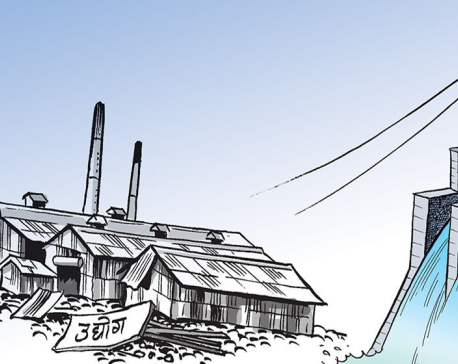
Electricity tariff dispute deepens due to the commission’s delay
KATHMANDU, May 1: The Commission of Inquiry tasked with resolving disputes over electricity tariffs for dedicated and trunk lines has... Read More...

‘Legislative measures to avoid double taxation and protect foreign investment keys to bring FDI in Nepal’
KATHMANDU, May 1: A senior trade official of the UK government has said that Nepal would see a significant surge... Read More...




Just In
- Gold price decreases by Rs 2,700 per tola today
- Two arrested for theft at Nabil Bank in Birgunj
- One more individual succumbs to injuries while extinguishing fire in Lalitpur
- Three individuals including the then PADT Member Secretary Milan Thapa cleared of charges in Jalhari case
- Third T20 match between Nepal and West Indies 'A' today
- VCs appointed to Purbanchal and Midwestern University
- Electricity tariff dispute deepens due to the commission’s delay
- Wildfires destroy around 300 hectares of forests in Udayapur



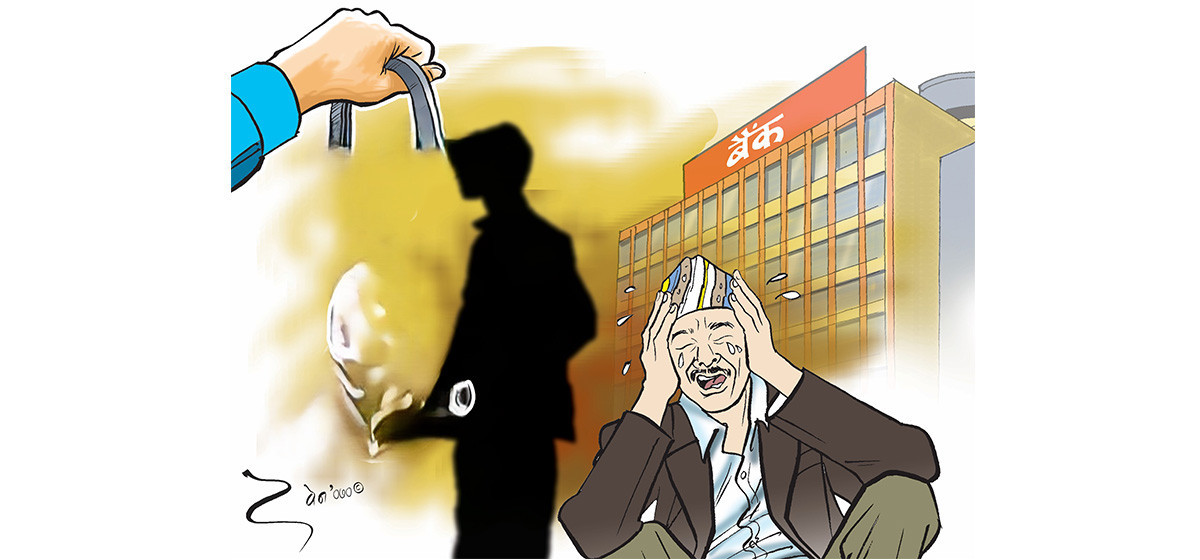


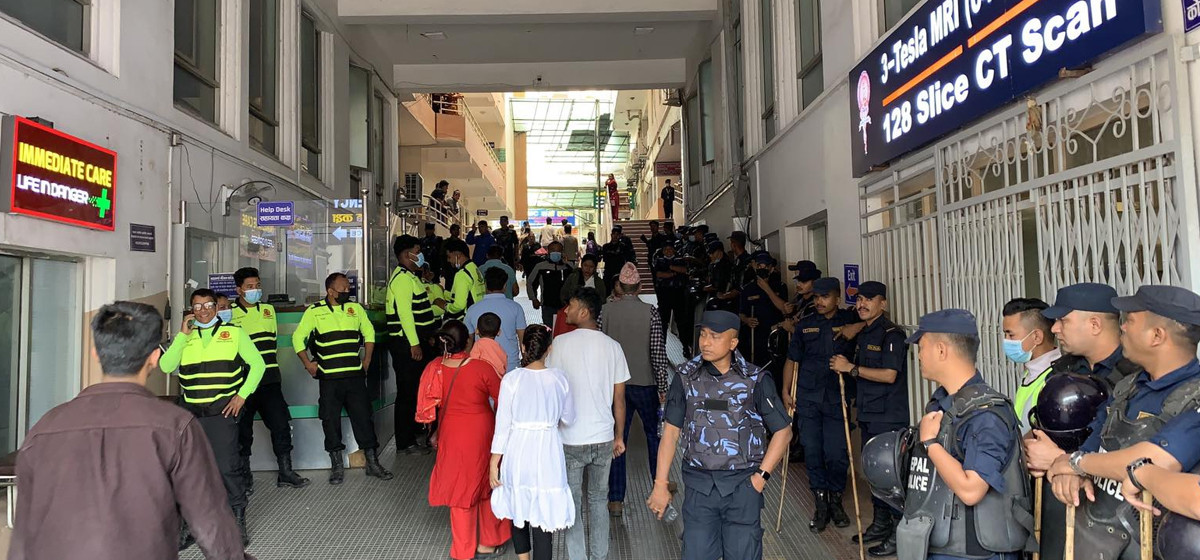



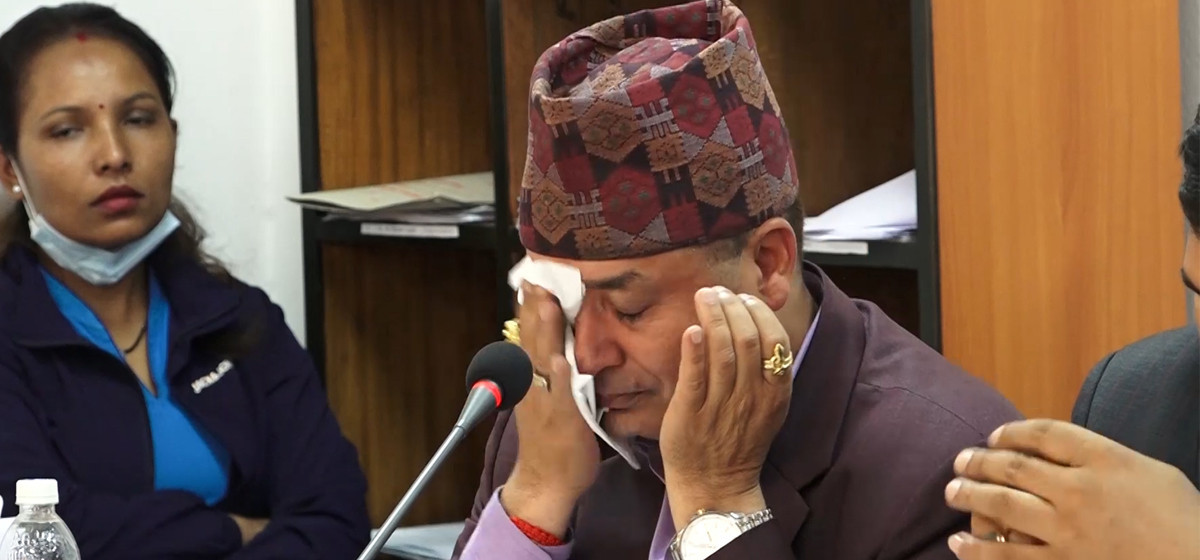




Leave A Comment